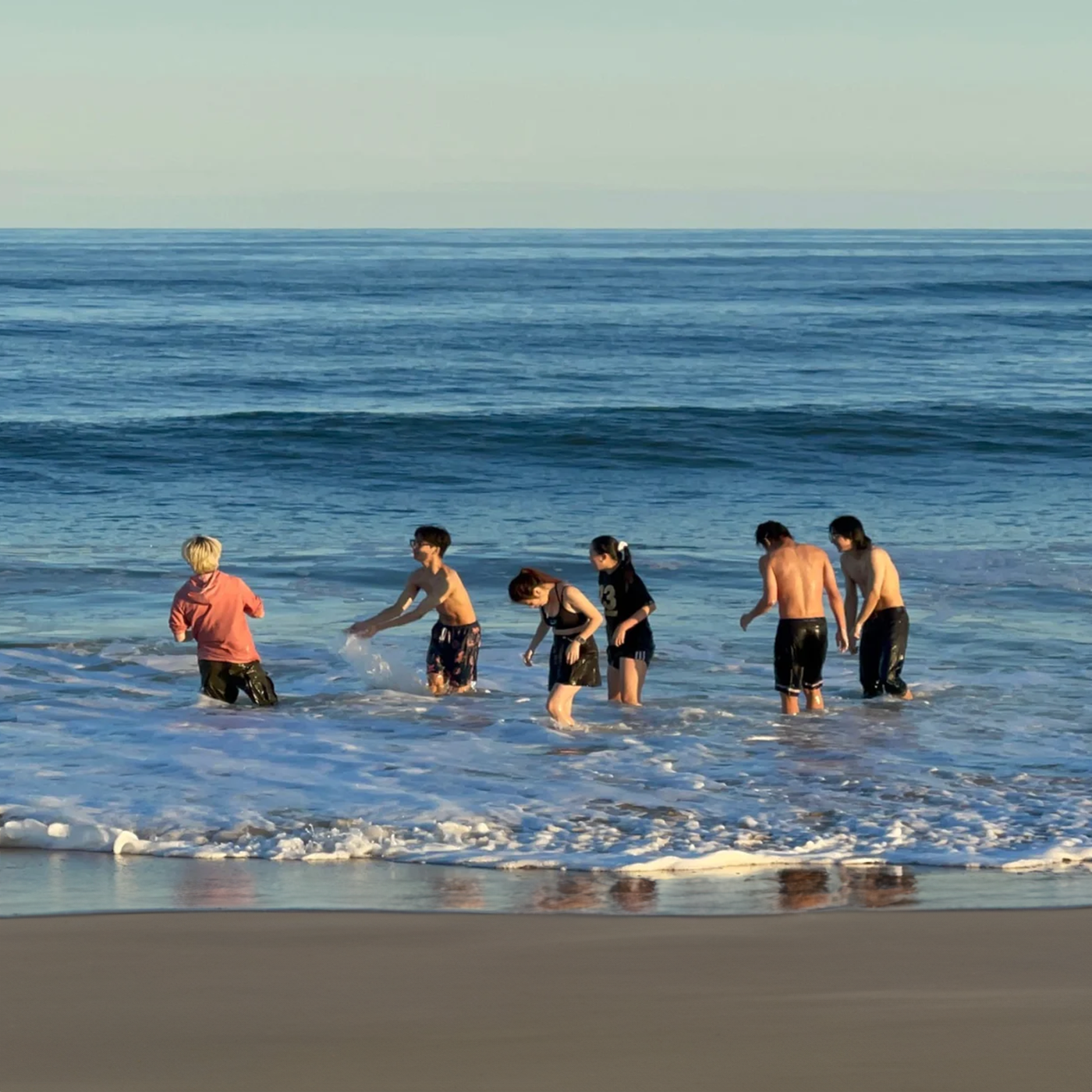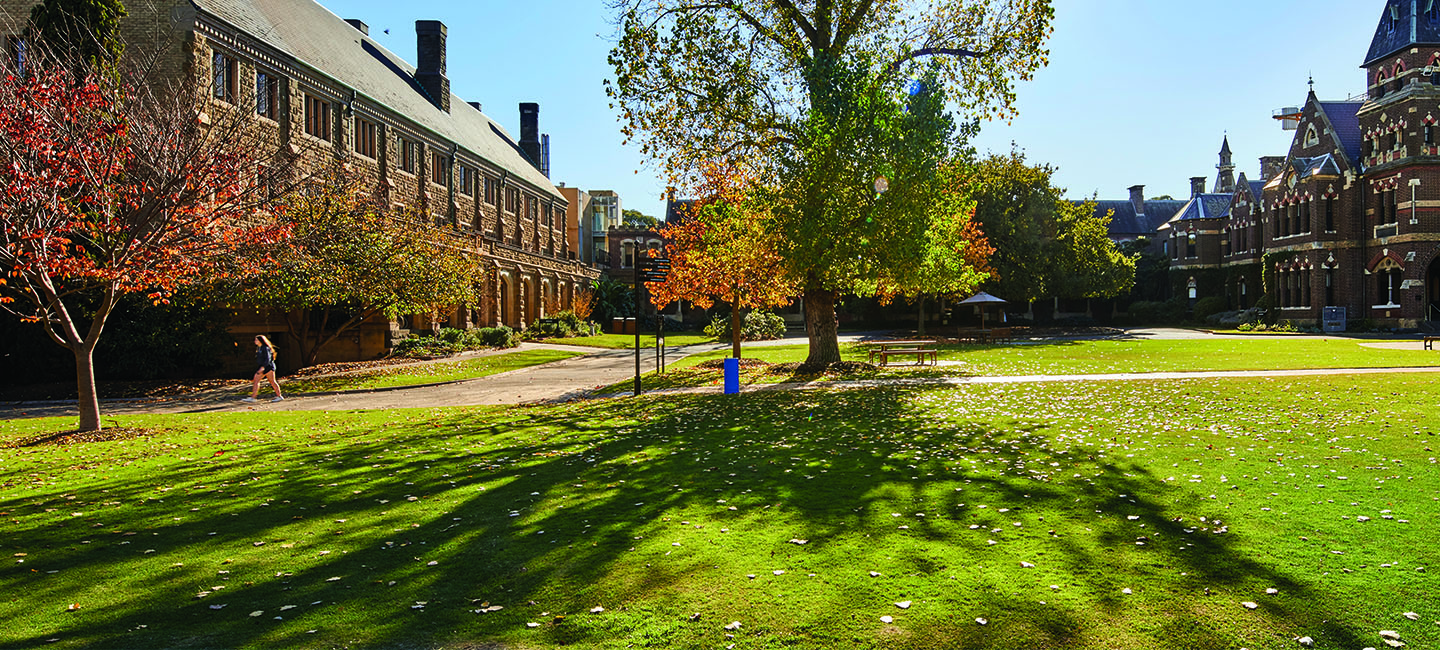

Agatha Murphy (née Ozdowska) (TC 1995) has worked in various levels of production on features including The Great Gatsby, Happy Feet 2, Legends of the Guardians, Blinky Bill, 100% Wolf, and Mia and Me, along with a number of TV shows at companies such as Animal Logic, Dr D, Bazmark and Flying Bark. Here, she lets us in on five things to know about working in the animation and VFX (visual effects) industry.
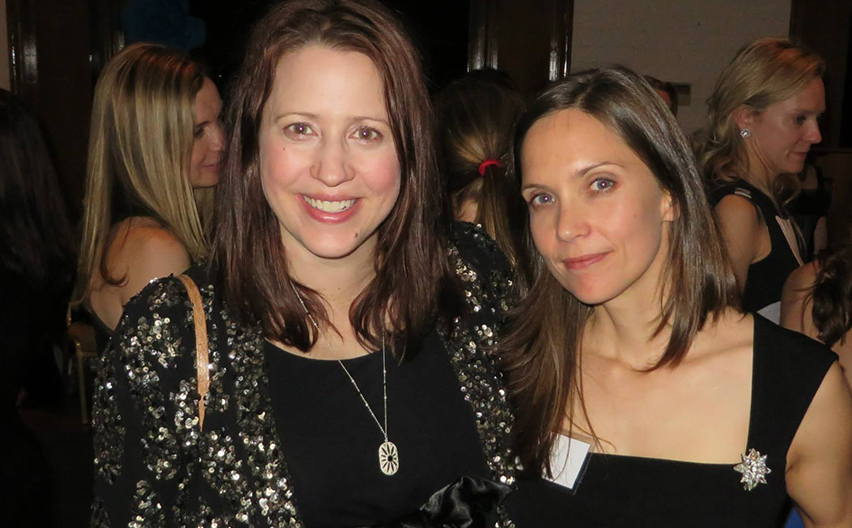
1. These are industries in their prime
The work that the world is bringing to our shores, and to our terrific companies, is booming. If you’re looking for a foot in from the production side or artist side, this is the time to get into the industry.
2. Imagination has no bounds
I went into animation knowing that everyone in the industry is bound only by imagination. When I worked in VFX (visual effects) production on The Great Gatsby I was stunned by how many shots in the movie were VFX – i.e. created against a green screen (there are some great YouTube clips to show you what I mean), and the exciting thing to see now is how seamlessly live action and VFX intertwine in movies.
3. We get to work with some very talented artists
Working at the front of the animation pipeline is where my heart lies. This is where you work with a small group of people to carve the script and create the concept artwork.
As you move into animation, skilled artists work very hard to create what has been created in the process before it. And if a scene needs to be changed, often you go back to the beginning and start again.
You also often get to work with artists from different countries. I’ve worked with teams from the US, Mexico, China, India, Thailand and Germany. While communication can sometimes be an issue, and the time zone differences mean emails and Zoom meetings are sent and scheduled at all hours of the day and night, the passion of the people who are in these teams create something fantastical and excitement never wavers.
4. There are definitely dreaded ‘crunch’ hours!
Sometimes it can feel like you’re working in a sausage factory – especially in animation. When a deadline looms, the work has to be done. There’s a knock-on effect if it isn’t, and your job in production is to ensure the successful delivery of the work through multiple departments.
If shots aren’t produced, scenes can’t be constructed and the film can’t be delivered on the date it needs to be in cinemas. So, hours can get very, very long the closer you get to deadlines – for both production people and the artists.
These crazy hours worked fine for me personally before I started a family, but now the long hours make juggling life achievable but a little trickier.
5. The animation industry has survived Covid well
While live action filmmaking came to a sudden halt in 2020, the animation industry barely skipped a beat. I was working at Flying Bark in Sydney and in the space of a week, a full studio was cleared out and we all started working remotely from home. This had already been going on to some extent with the teams working overseas, but the idea of artists working remotely (at least partly) became more acceptable and is offered as an option for many artists. This is a good thing if going into an office five days a week is – or becomes – an issue.
Related News
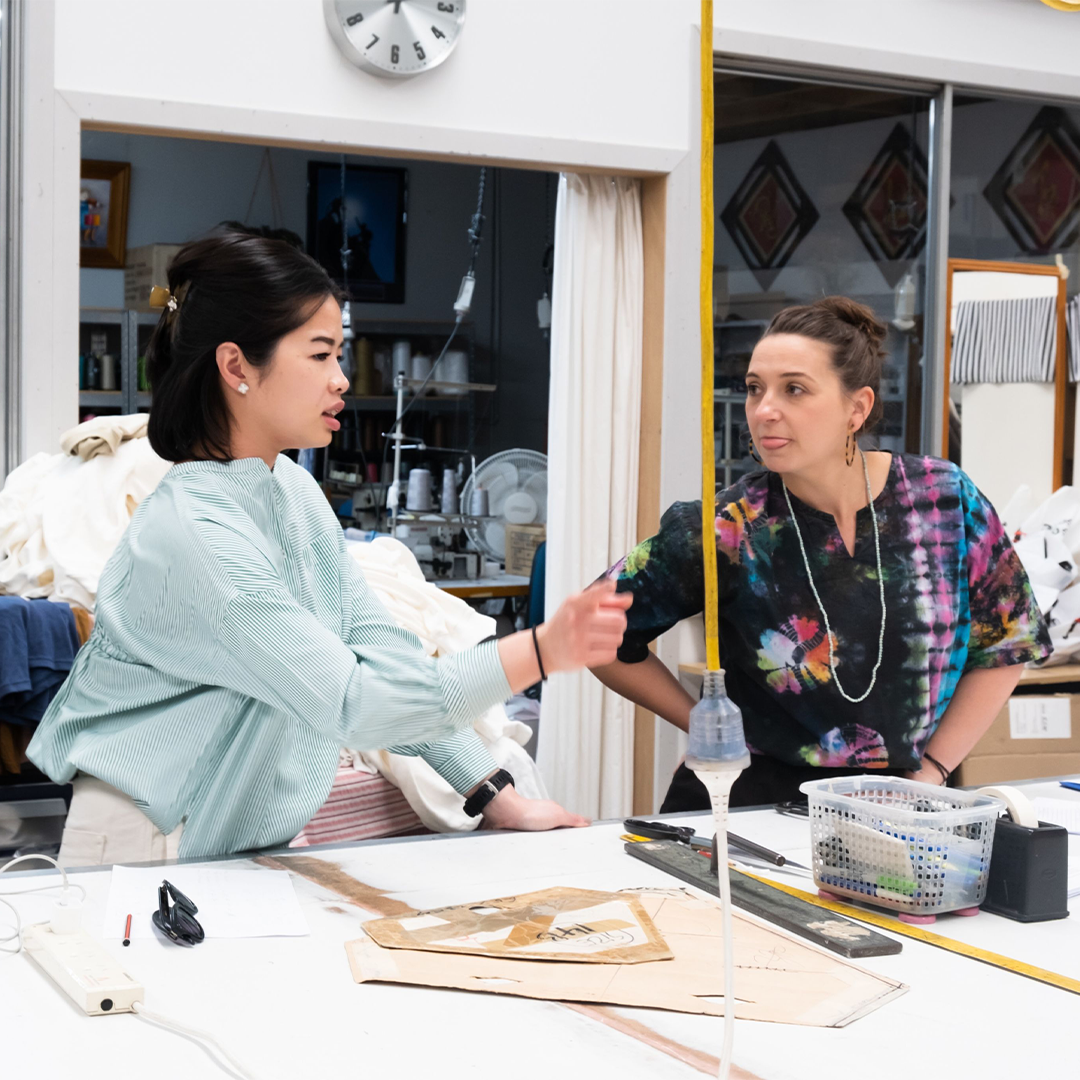
Quality over quantity: the environmental impact of our clothes

From little things: Trinity community members share their successful business strategies
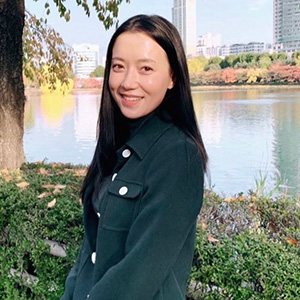
Meet FS teacher Kristin Vestermark

What's it like for an international student in Melbourne?
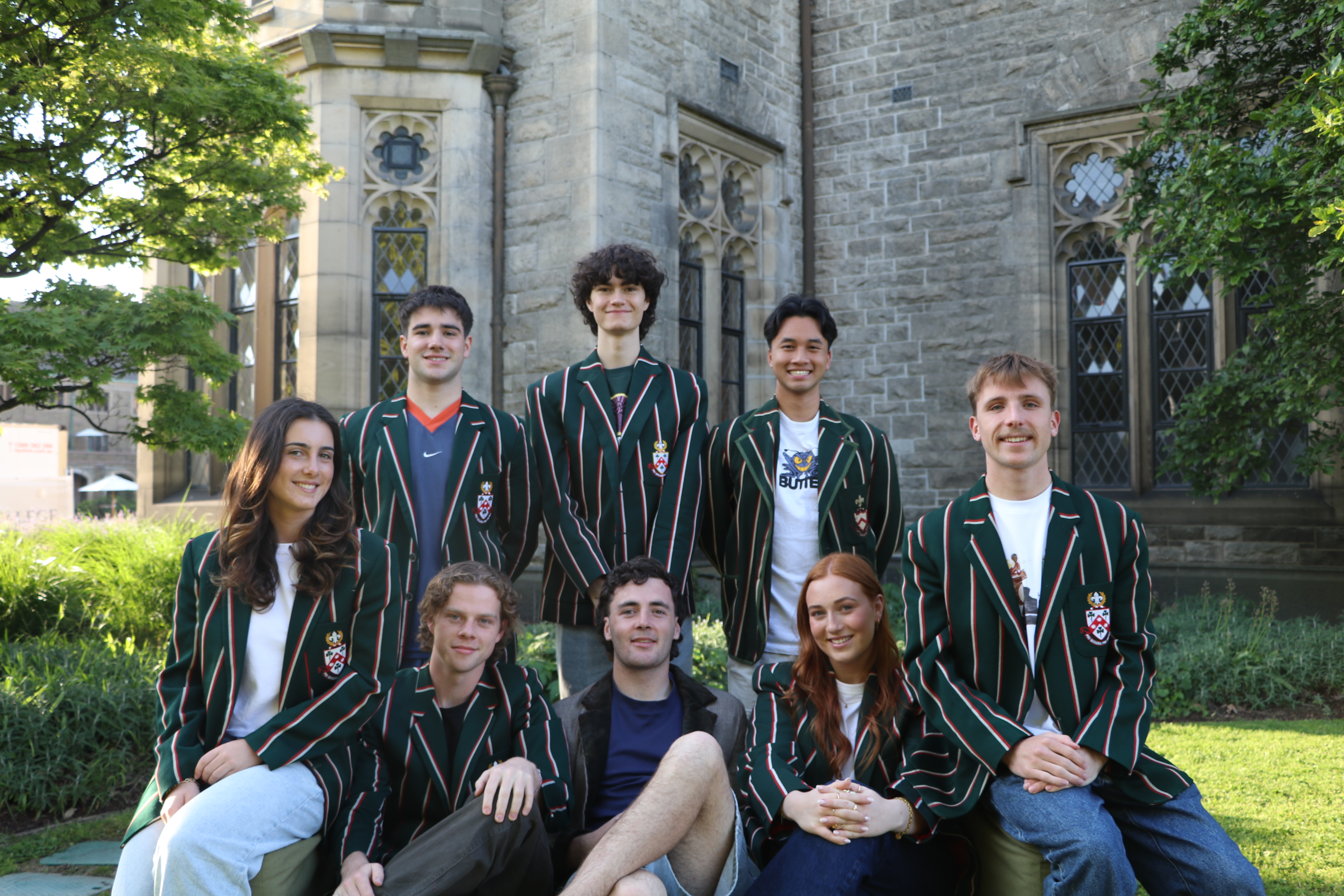
Meet our TCAC student committee for 2025
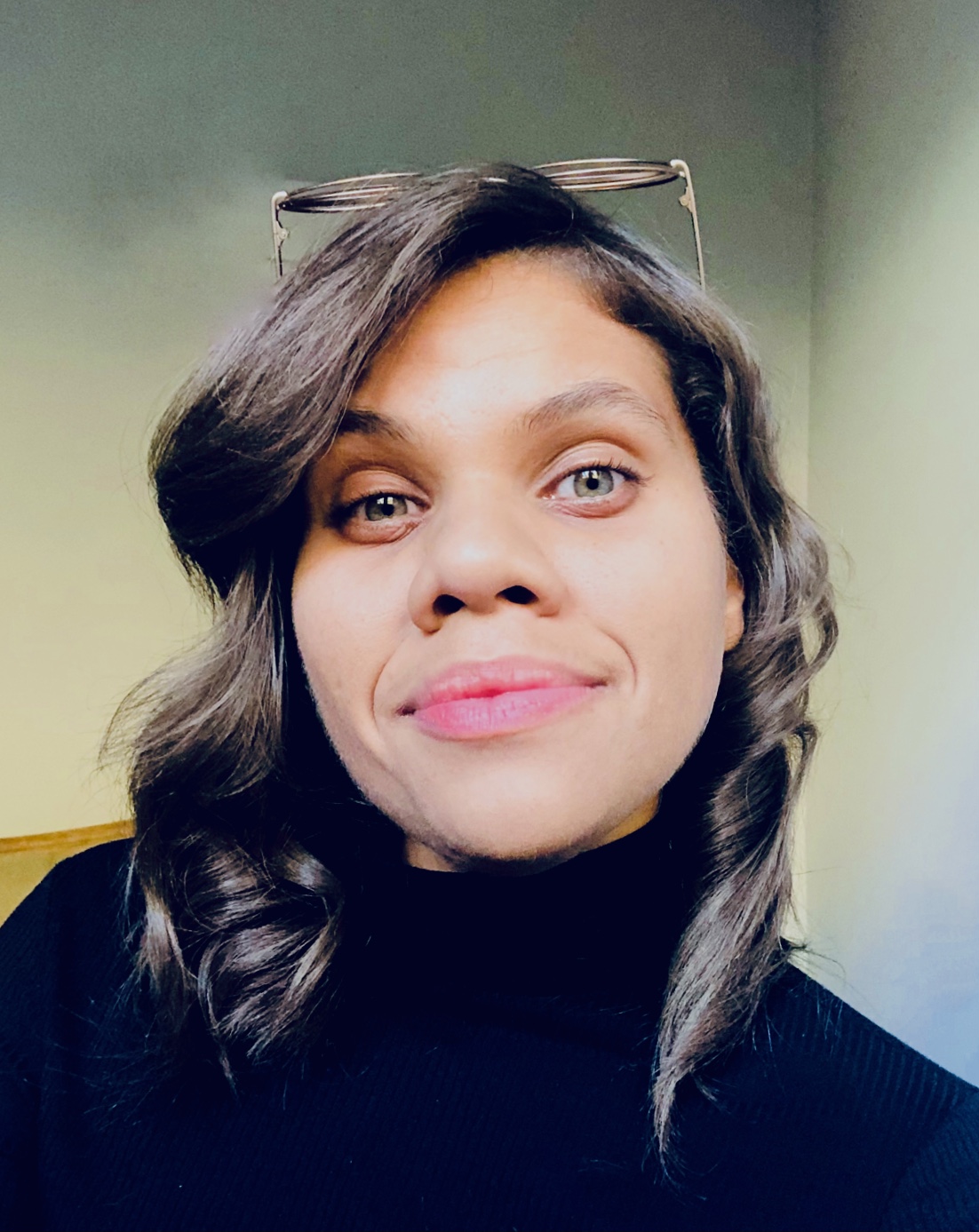
Nakata Brophy winner announced
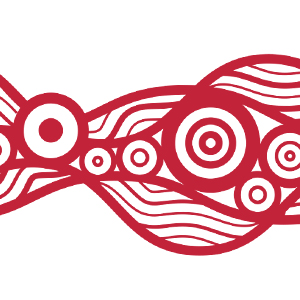
Nakata Brophy shortlist announced
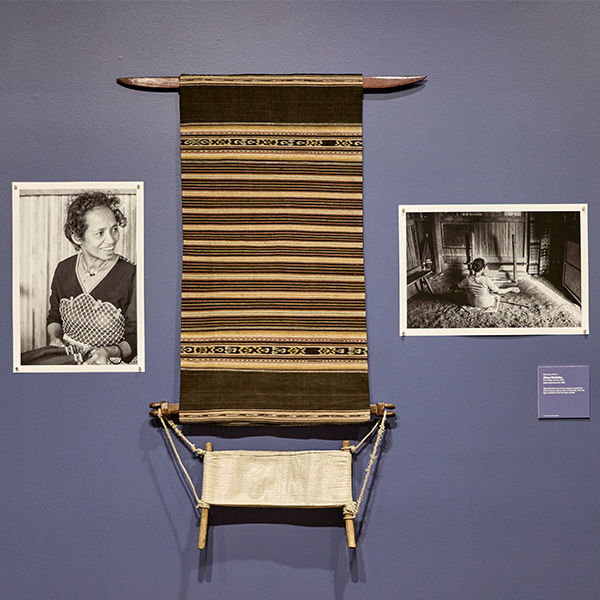
The fascinating story behind our latest exhibition: Tais, culture & resilience

Residential College student Ravin Desai shares his passion for politics and journey at Trinity
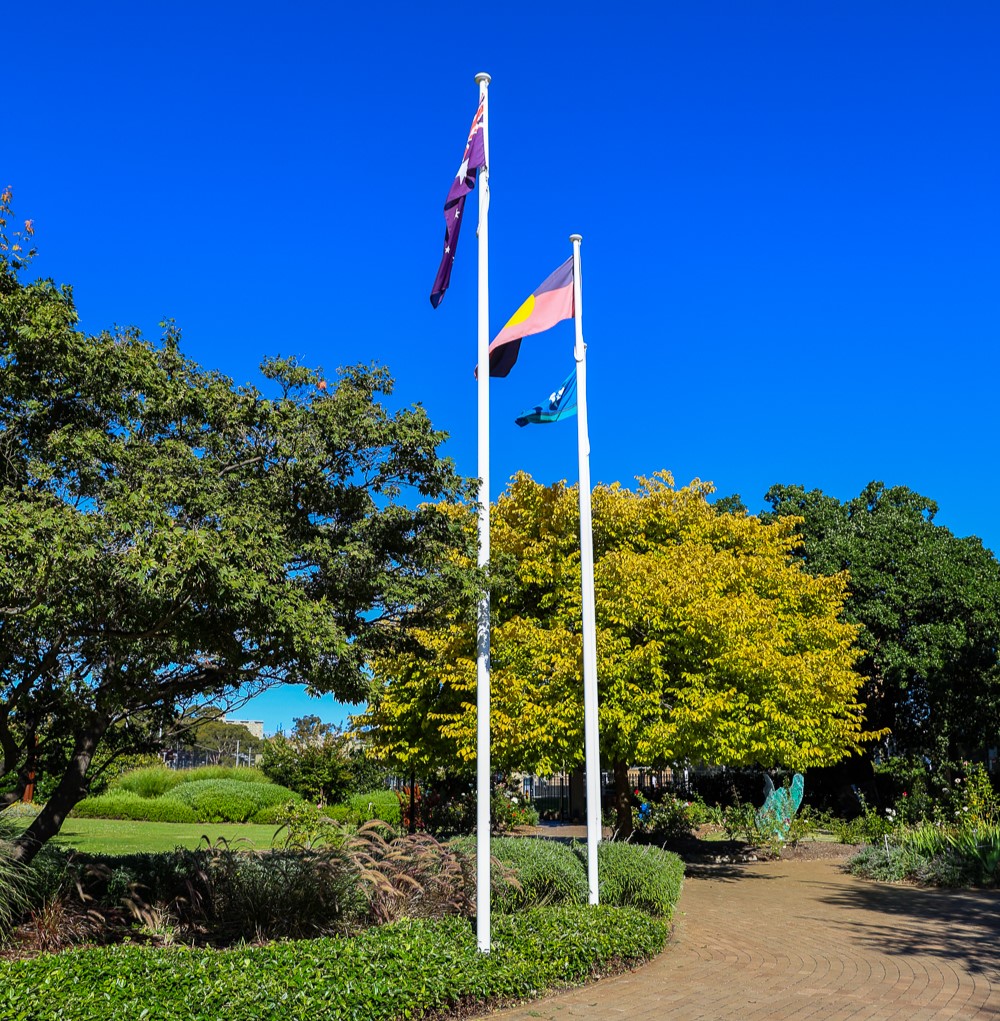
Nakata Brophy 'longlist' announced
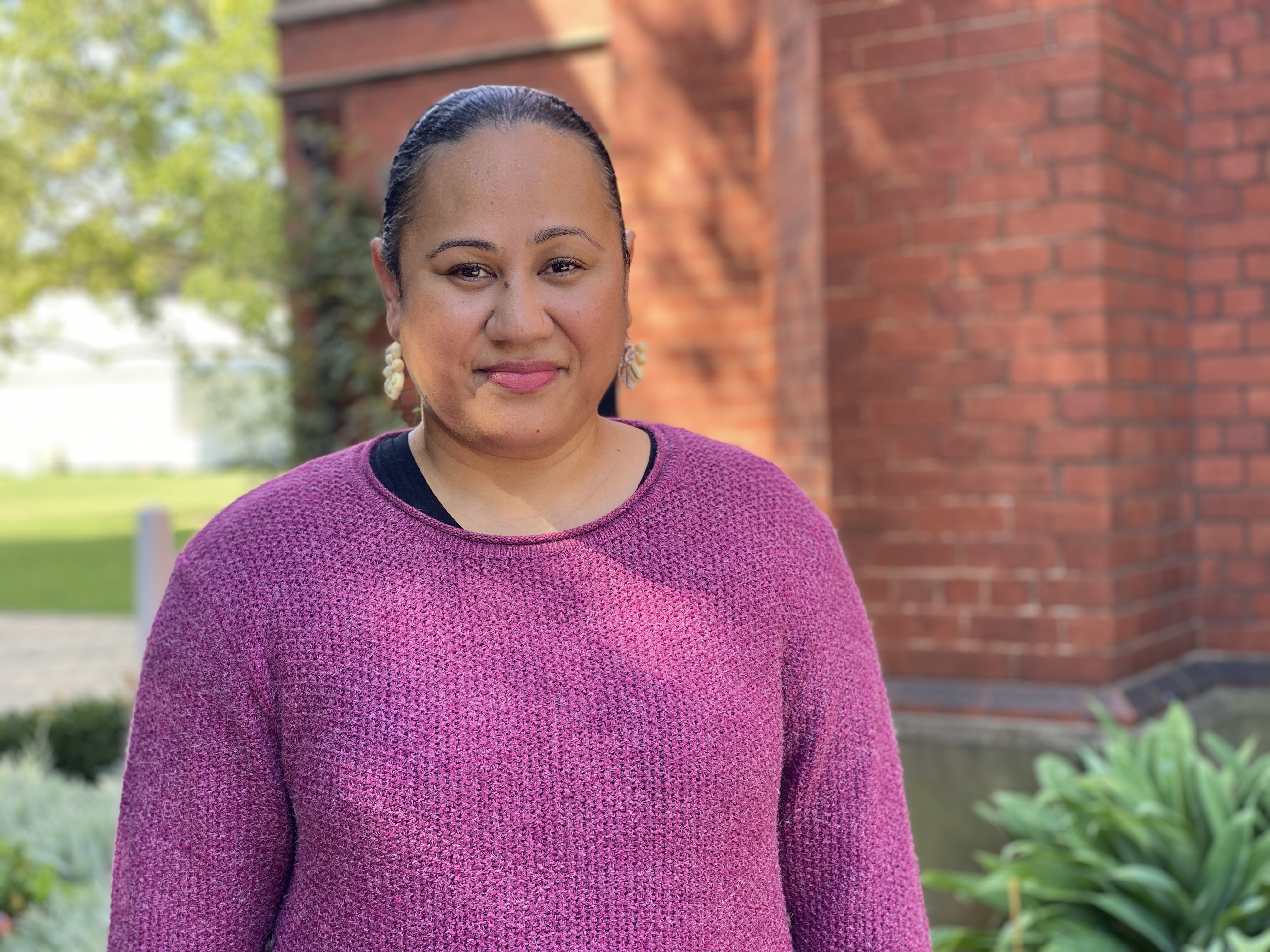
Meet Mariana Waqa, the accidental theological scholar
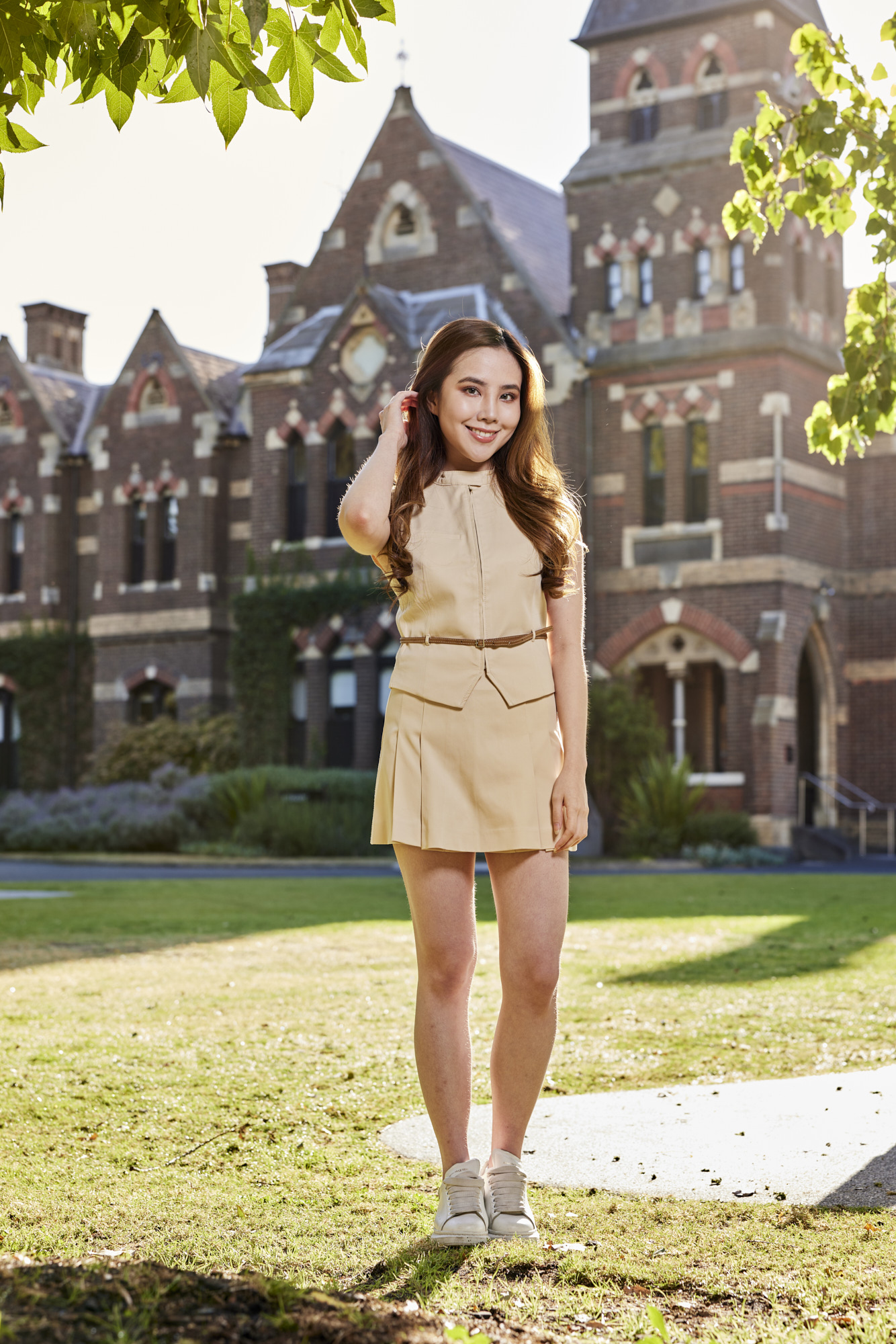
Meet Agatha Chelsea – Indonesian superstar and Trinity College graduate
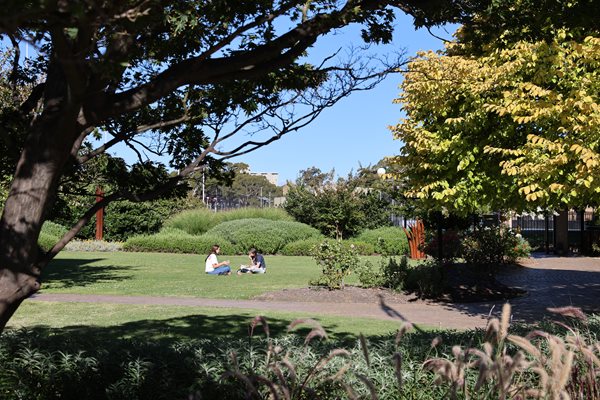
Learn about the Wellbeing and Inclusivity Committee at Trinity
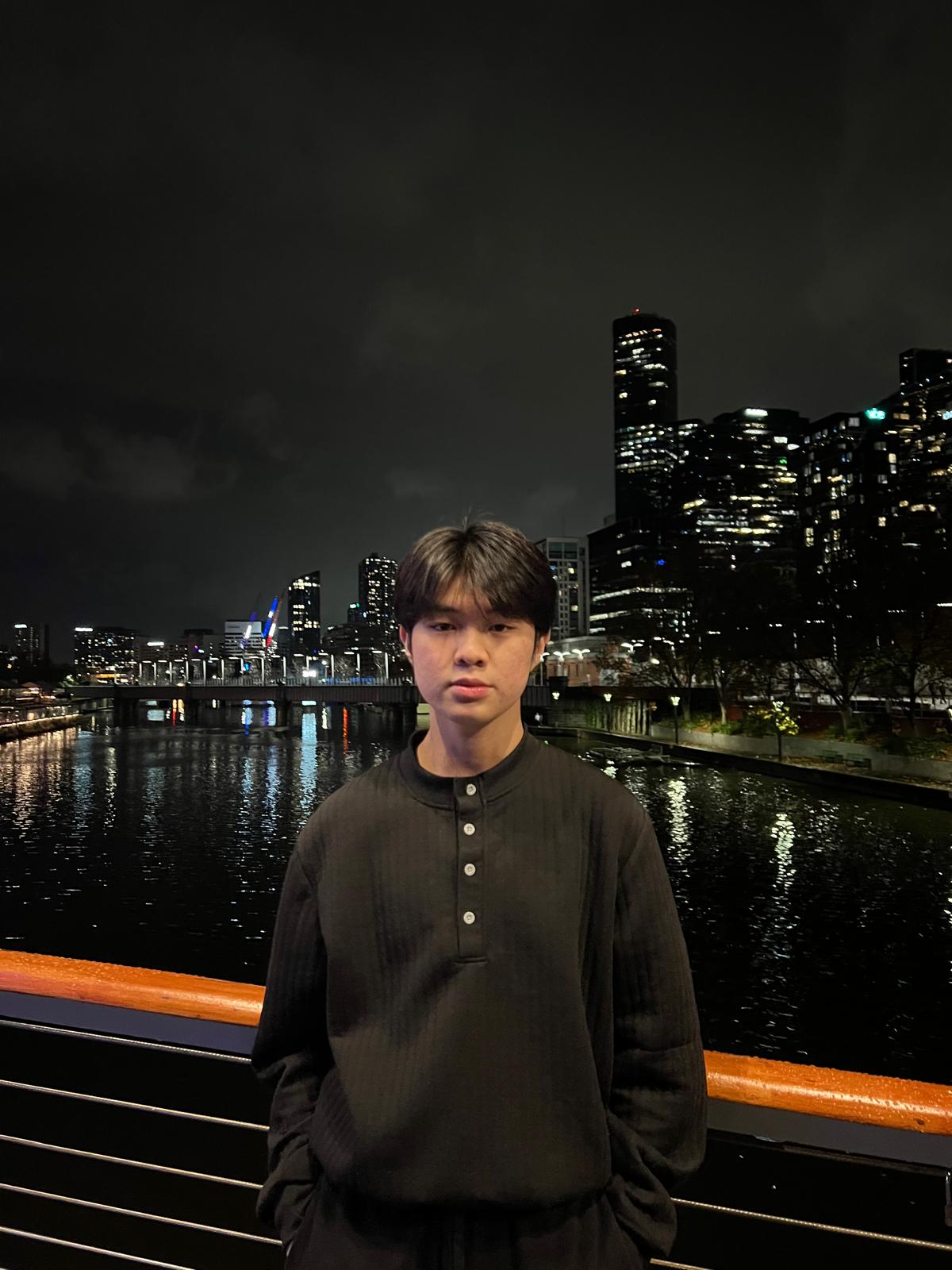
Meet Michael Dharmawan, a Trinity Foundation Studies dux in 2024
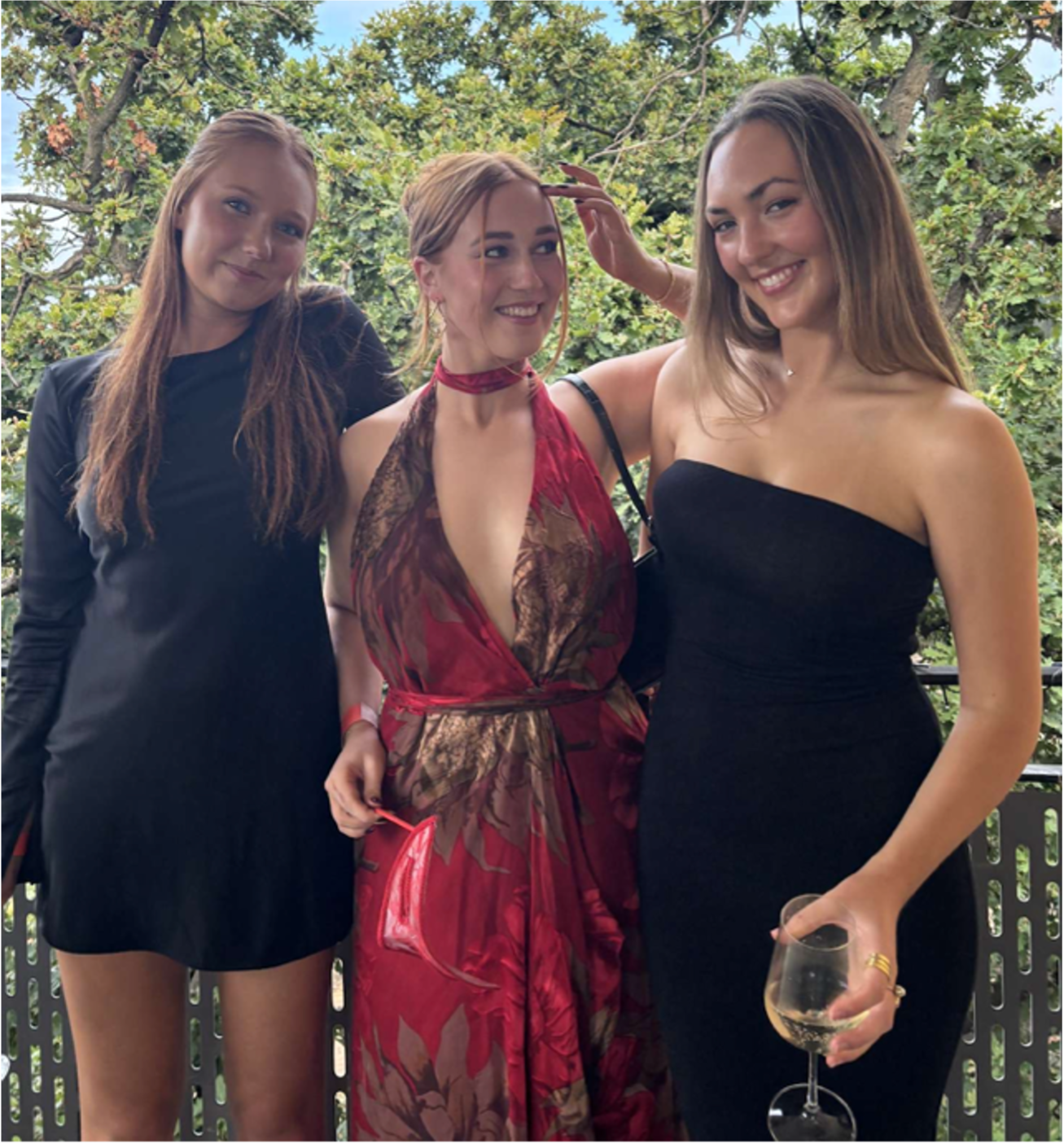
From Albury to Melbourne: Rosie Bradford's story

Foundation Studies alum Rachel Hongxun Zhou
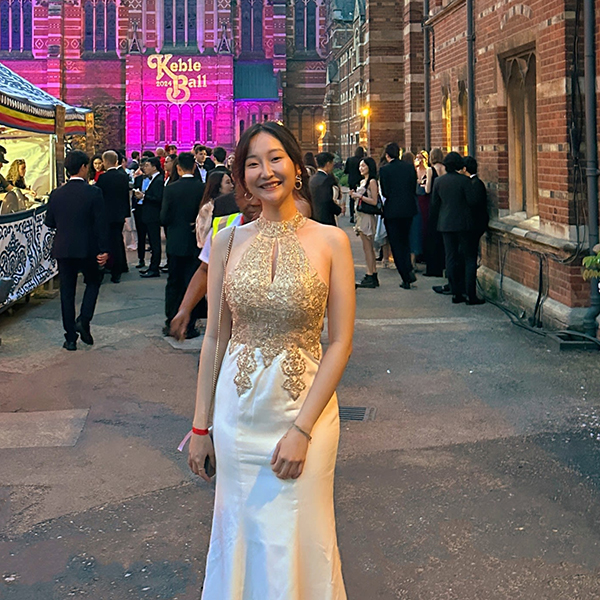
From Foundation Studies to the Residential College to Oxford: Xinran’s story
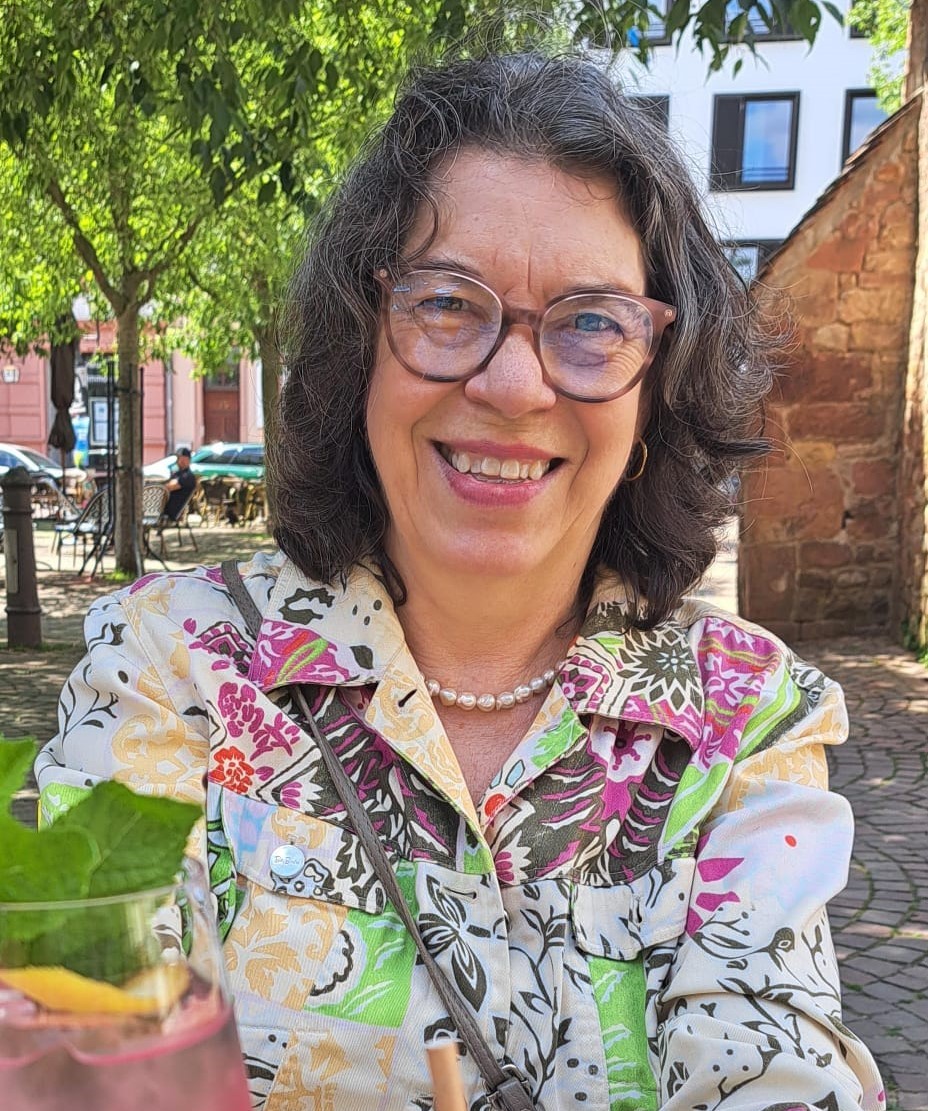
Meet visiting professors Emeritus Dr Dagmar and Dr Jürgen Eichberger
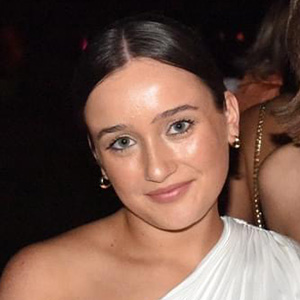
From the surf coast to Melbourne
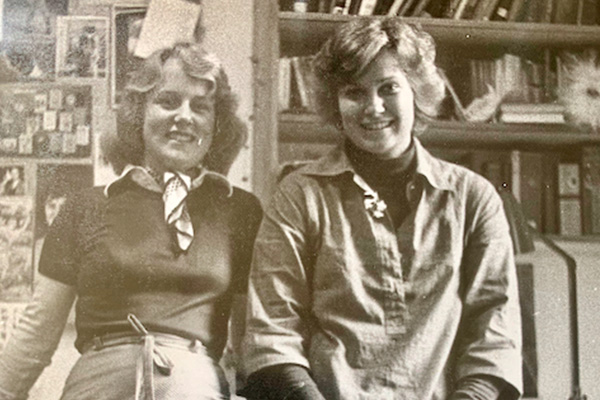
1974 vs 2024 for a woman at Trinity: what’s changed and what’s stayed the same?
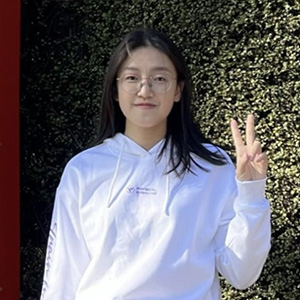
Meet past FS student Yuxuan Li

King's Birthday Honours 2024
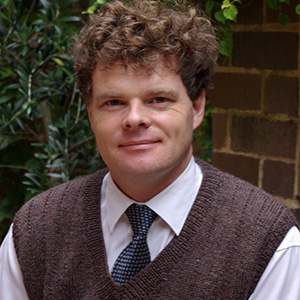
Meet Paul Oslington, Trinity alum and Director of the St James’ Institute, Sydney
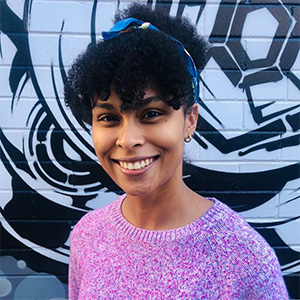
Meet Nakata Brophy prize winner Jasmin McGaughey
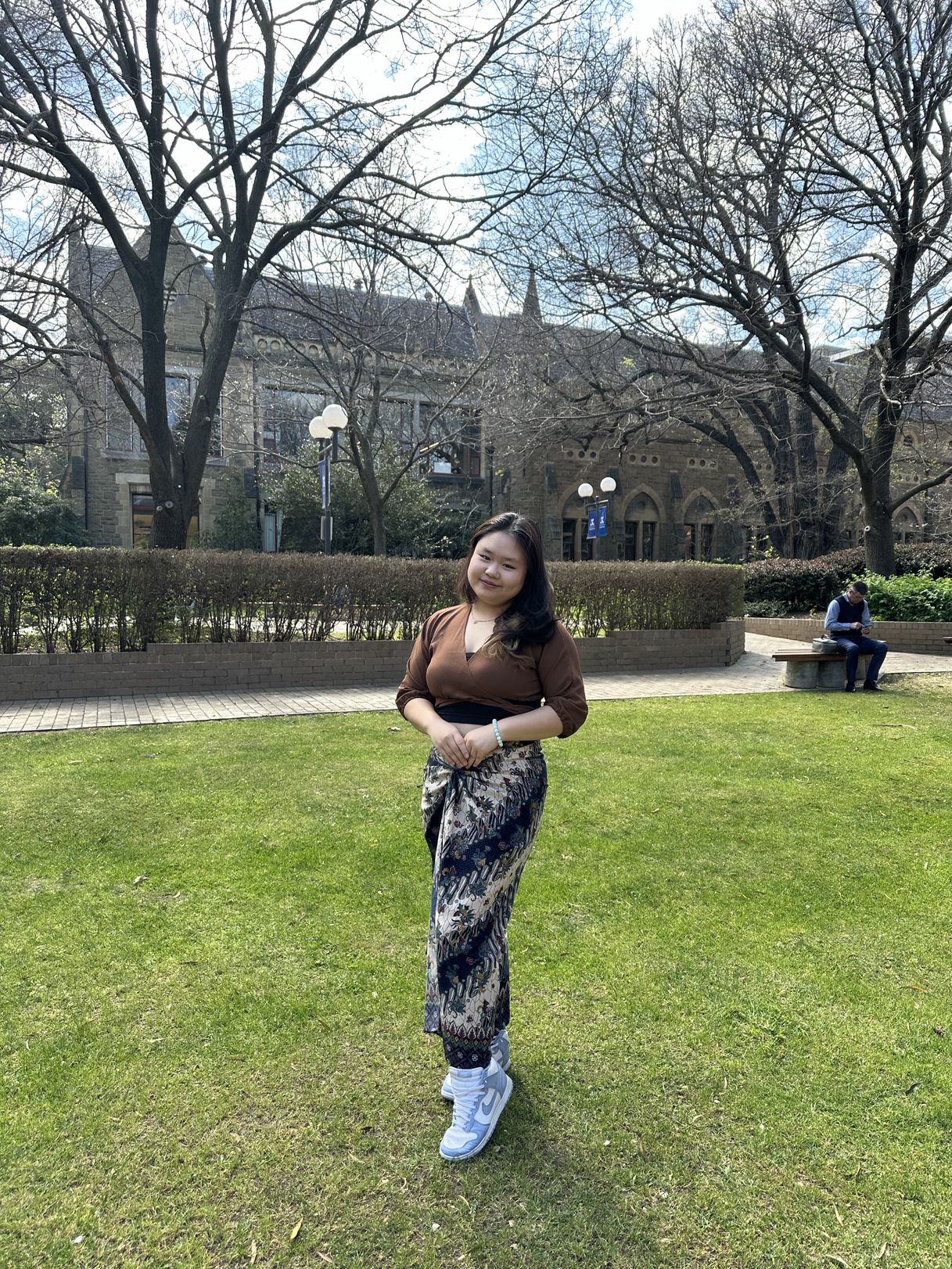
Meet Foundation Studies student Gabriella Sim
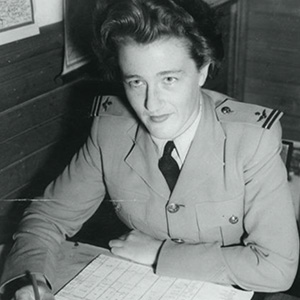
Anzac Day 2024 – Trinity stories

Meet Foundation Studies student Hanadi Alabdouli

Meet Foundation Studies student Miguel Valmayor

Guest preacher Chris Mulherin on the intersection of science and religion
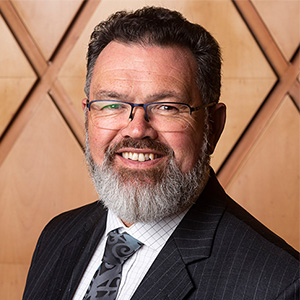
Meet visiting professor the Hon Justice Joe Williams
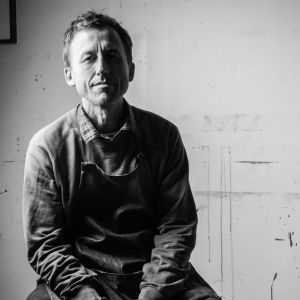.jpg?width=300&height=300&ext=.jpg)
Visit David Frazer's new exhibition: All that you've loved
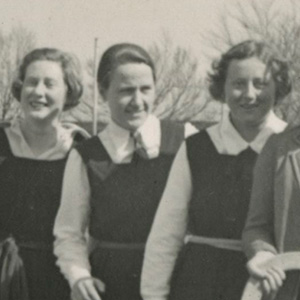
Pioneering women and the story of Janet Clarke Hall
.jpg?width=300&height=300&ext=.jpg)
Meet Gemma and Frederik Le Mesurier
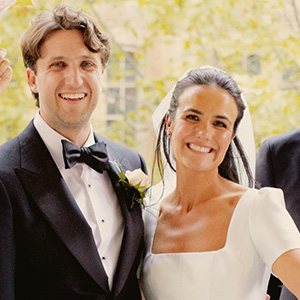
A love story for Valentine’s Day: Matt Hargreaves and Kirsten Callander
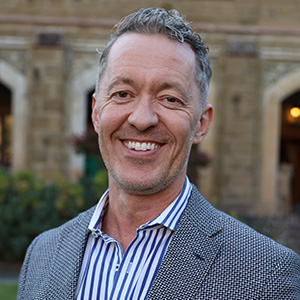
Announcing our 2024 Alum of the Year

Meet economics teacher Tharushi Nissanka

Meet maths teacher Hao Weng
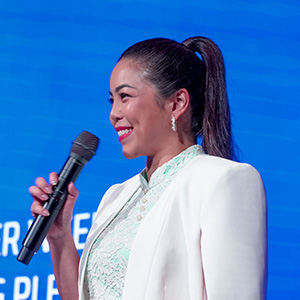
Charmaine Yee named our 2023 FS Alum of the Year
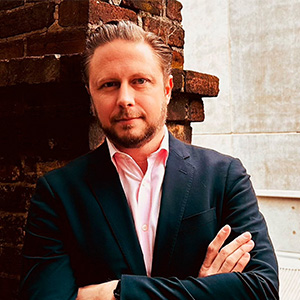
Meet English lecturer Jake Breaux
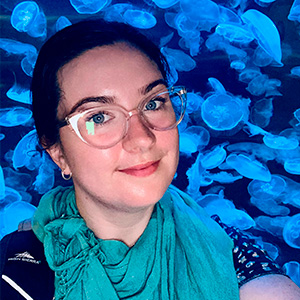
Meet English teacher Catherine Roberts

The work of visiting professor Justice Janak De Silva
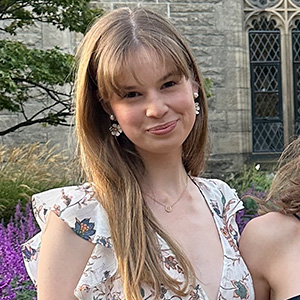
Moving to Trinity from overseas: Katie's story
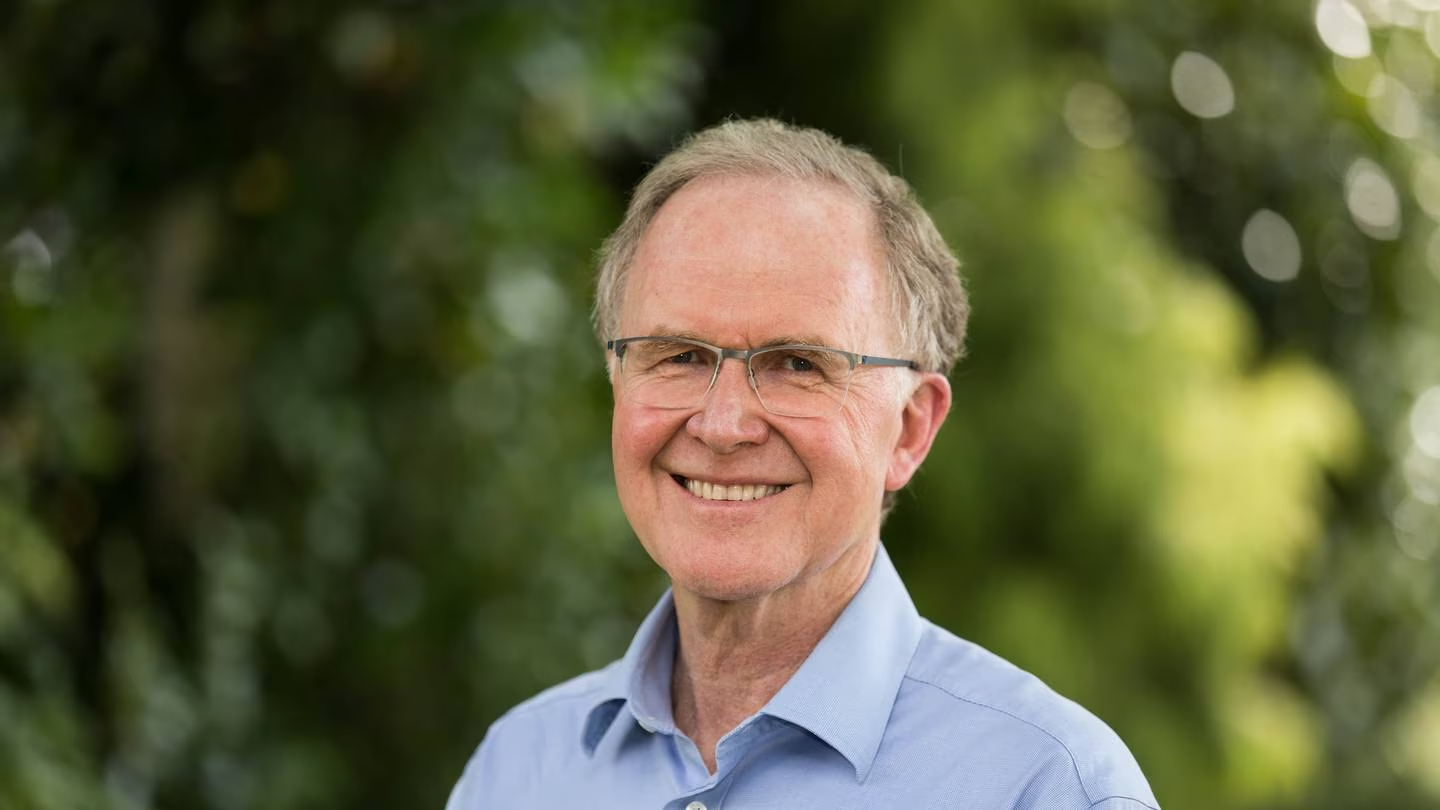
Meet visiting professor Ron Paterson
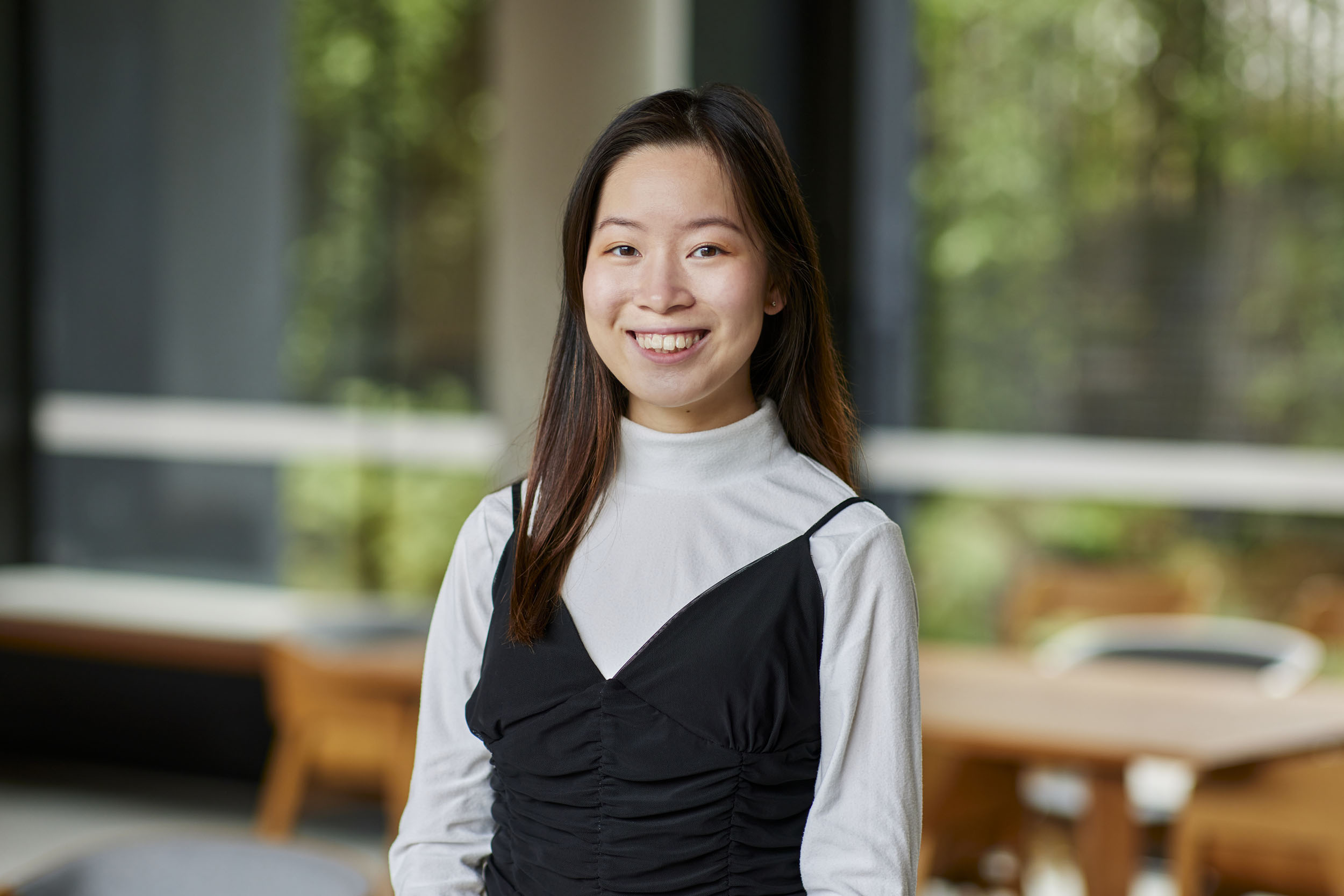
Meet Admissions Coordinator Wendy Ngaturi
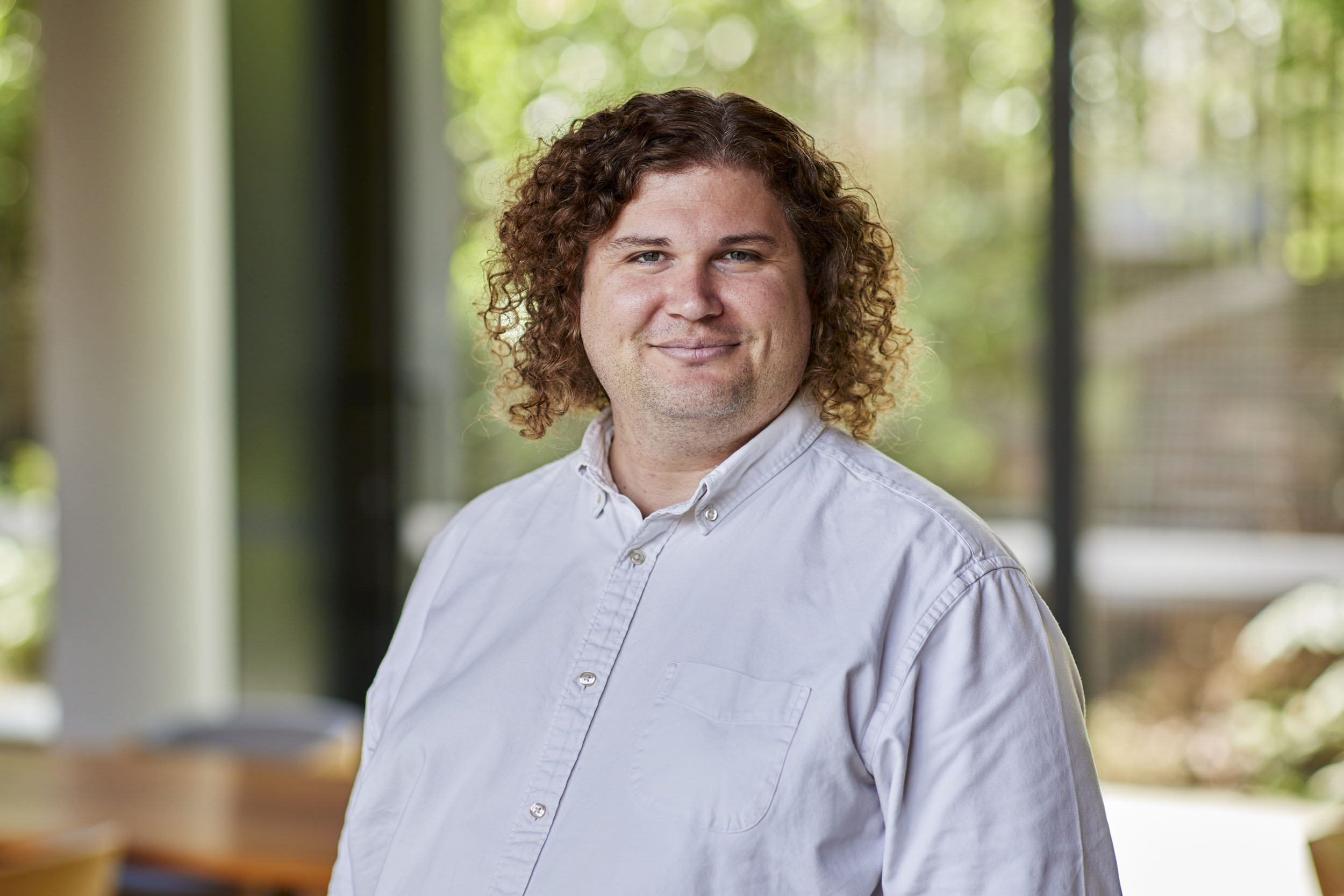
Meet Academic Programs Manager Michael Pickering
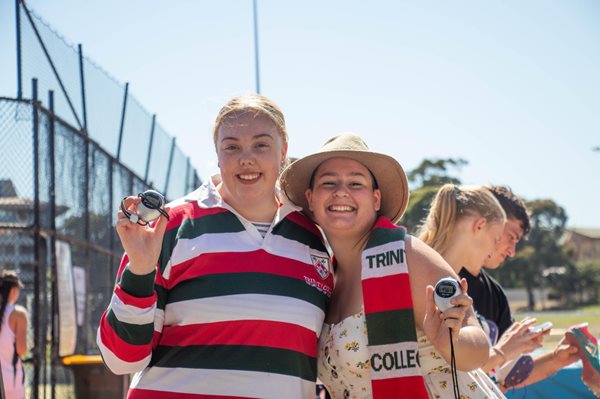
Kate Beggs’s journey from the Great Ocean Road to the heart of Melbourne city
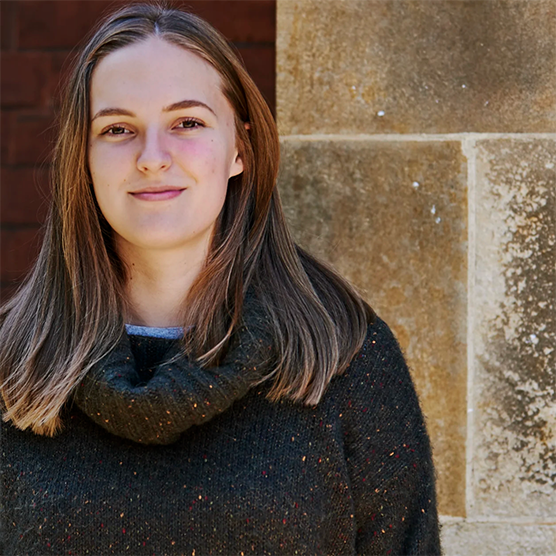
Pursuing a creative passion: from Trinity to Edinburgh to New York
